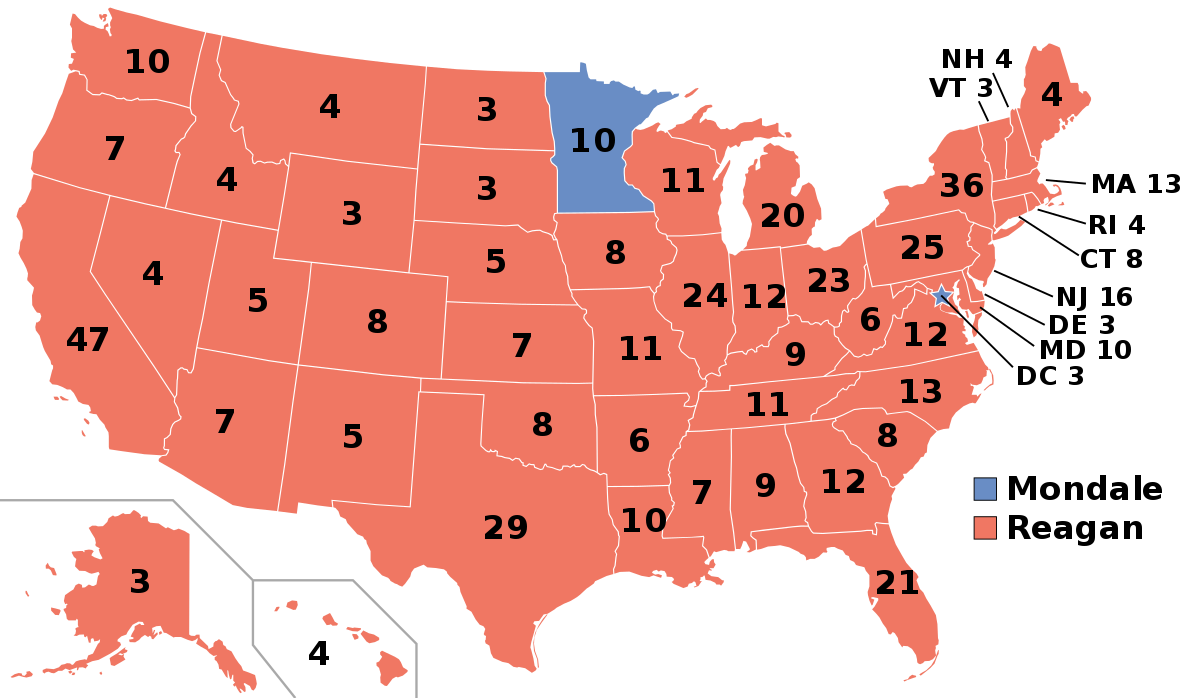You don't remember the 80's I do.
By the context of the time no one cared. There's worse in 80's pop culture eg movies.
Not saying it's right or wrong but you're injecting modern concepts backwards in time.
Doesn't work like that.
Personally I think the Mystara gaz series is a bit pants for multiple reasons thinly veiled reskins being one of them.
Here's your fantasy Mongol rip off, here's your fantasy Italian rip off etc.
Or context it's been 30+ years since that book came out. 30+ years before that book isn't that far removed from the events of WW2.
Certainly we can all rag on this obviously crappy product, which I'd argue was somewhat cringey even for the standards of the time (there would be people who'd certainly take issue with this then), but to add to your comment, is this still happening today in RPG products, 33 years later?

